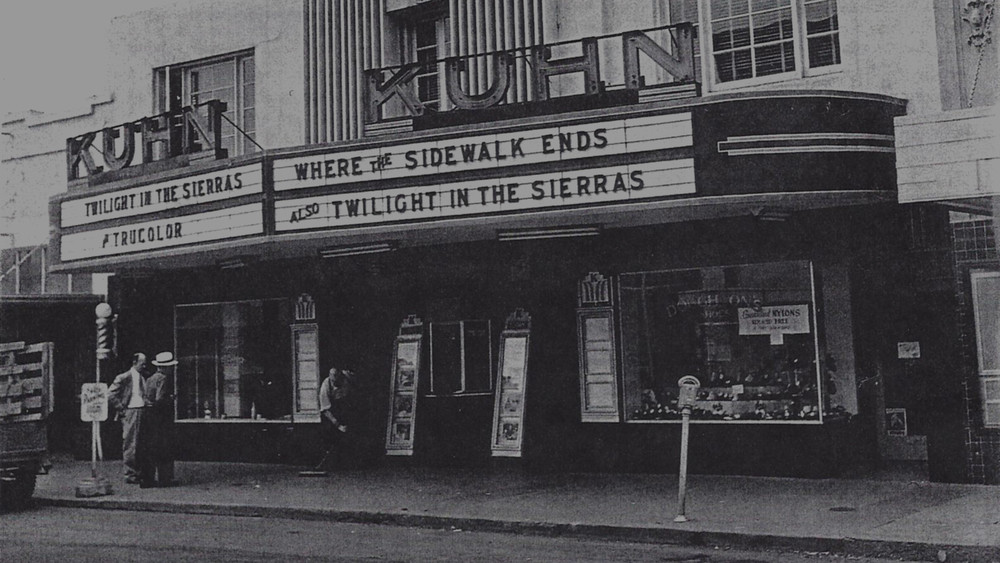Kuhn Cinema—a theater that is located in Lebanon, Oregon—was built in 1932 and was a prime spot for watching movies until the late 1980s. The theater, unfortunately, had to close its doors in the eighties. It then sat vacant, abandoned, and unused until the Pitts purchased the property in 2004 and then proceeded to renovate with the goal to reopen. Eventually, when the theater was reopened in 2005, it opened its doors to a sold-out crowd to a popular movie. Since it is reported to be haunted by the ghost of a young girl in a white dress, is then it possible that all the renovations were what caused the little girl’s apparition to come out of hiding? Ever since the reopening of the cinema, both movie patrons and theater staff have claimed to have experienced strange activity. The doors open and close on their own and then they hear the disembodied laughter of children echo throughout the theater.

A Haunted Cinema
What is it about a haunted location? What draws people to be interested in these relics of the past that seem to have a history that just won’t cease to want attention. Ghost stories are always interesting to come across—they’re a peek into the past, whether you believe in spirits or you don’t. It’s true, even skeptics enjoy visiting and investigating places that are supposed to be haunted by the ghosts of the past. They do this with the hopes–or possibly even the fears–that they can experience something they can’t explain. It’s only natural to be curious about what we can’t explain. So, if you decide to visit Kuhn Cinema in Lebanon, you might end up seeing more than just a movie.
In recent years, the theater was at risk of being demolished, so the community came together to save it and it has since undergone several small renovations—despite the changing of the theater, the renovations that it has undergone over the course of its existence, one thing has remained the same—the ghostly little girl in the white dress who came to see a movie and never left. Would you go to this theater to see a movie, or to have a chance to see the little girl in white?
First-Hand Experience
There have been employees and visitors alike who have claimed to have seen this unfortunately young apparition in different places throughout the building. It’s as if she likes to explore the premises and some of the witnesses say they have seen her sitting in the theater seats, the women’s bathroom, and even reported that she has been seen sitting at the top of the stairs near the projection booth. There are some employees who believe that they have felt her presence while they were inside of the projection booth manning the projectors; there they reported having felt pressure around their waist, as if a small child were hugging them from behind. Lights seem to turn on and off by themselves all through the building and when the employees close up the theater at night, they seem to all report hearing small child-like footsteps, giggling, and odd thumps that cannot be explained. If keys or other small objects go missing, they can usually be found, but they’re in an entirely different location from where they went missing. So, even though the young girl’s ghost seems to enjoy pulling pranks on people quite regularly, she doesn’t seem to be a malicious entity at all.
As far as how she died? Well, people say that she fell from the theater’s balcony way back when, which is how they say she died, but then again—they also say that the theater has never had a balcony. So how did her apparition come to be?

Georgia-based author and artist, Mary has been a horror aficionado since the mid-2000s. Originally a hobby artist and writer, she found her niche in the horror industry in late 2019 and hasn’t looked back since. Mary’s evolution into a horror expert allowed her to express herself truly for the first time in her life. Now, she prides herself on indulging in the stuff of nightmares.
Mary also moonlights as a content creator across multiple social media platforms—breaking down horror tropes on YouTube, as well as playing horror games and broadcasting live digital art sessions on Twitch.

